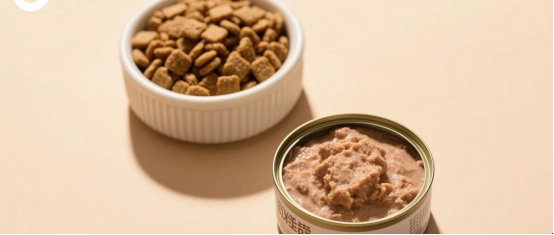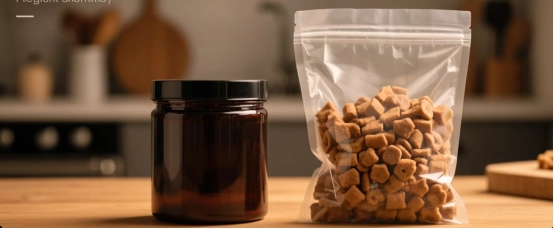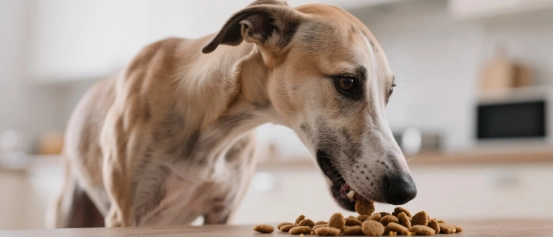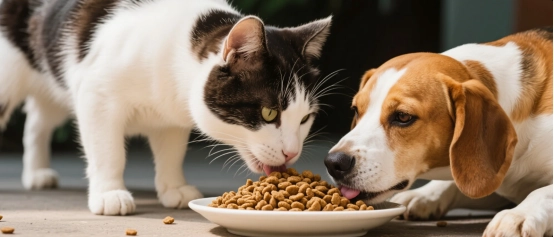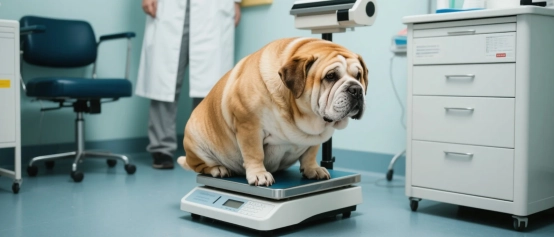
Determining the right amount of food to feed your dog is crucial for maintaining their health, weight, and overall well-being. Feeding too much can lead to obesity, while underfeeding may cause malnutrition or weight loss. The ideal portion depends on various factors unique to your dog, and understanding these can help you provide the right nutrition. This article explores how to calculate the appropriate amount of dog food, considering nutritional needs, individual dog characteristics, feeding guidelines, and practical tips for monitoring and adjusting portions.
Dogs require a balanced diet that provides adequate calories, protein, fats, carbohydrates, vitamins, and minerals to support their daily activities and long-term health. The primary factor in determining how much to feed is your dog's caloric needs, which vary based on their size, age, activity level, and health status. Calories provide the energy needed for basic bodily functions (like breathing and digestion) and physical activity. The Association of American Feed Control Officials (AAFCO) provides guidelines for dog food to ensure it meets minimum nutritional standards, but the amount fed must be tailored to the individual dog.
A dog's caloric needs are often expressed in terms of their Resting Energy Requirement (RER), which is the energy needed for basic bodily functions at rest. A rough formula for RER is 30 x (body weight in kg) + 70 kcal/day for dogs weighing 2-45 kg. For example, a 10 kg (22 lb) dog has an RER of about 370 kcal/day. Active dogs may need 1.5-2 times their RER, while less active or senior dogs may need closer to their RER. Dog food packaging typically lists calorie content (kcal per cup or kg), which helps you calculate portions based on your dog's needs. Beyond calories, the food must provide balanced nutrients—high-quality protein for muscle maintenance, fats for energy and coat health, and digestible carbohydrates for additional energy.
Several factors determine how much food your dog needs:
Weight and Size: Larger dogs require more calories than smaller ones. For example, a 50 lb dog may need 900-1,200 kcal/day, while a 10 lb dog may need 200-400 kcal/day, depending on activity level.
Age: Puppies need more calories per pound of body weight to support growth (often 2-3 times the adult amount), while senior dogs may need fewer calories due to slower metabolism.
Activity Level: Working dogs, agility dogs, or highly active breeds (e.g., Border Collies) burn more calories than sedentary pets. A couch potato dog may need only 1-1.2 times their RER, while an active dog may need 1.5-2 times.
Health Conditions: Dogs with medical issues, like thyroid disorders or diabetes, may have altered caloric needs. Spayed/neutered dogs often require 10-20% fewer calories due to a slower metabolism.
Body Condition: Assess your dog's body condition score (BCS) on a 1-9 scale (1 being emaciated, 9 being obese, and 4-5 being ideal). Underweight dogs may need more food to gain weight, while overweight dogs need less to lose weight.
Food Type: Dry kibble, wet food, or raw diets have different calorie densities. Wet food often has fewer calories per volume due to higher water content, so portions may appear larger.
Consulting a veterinarian is key to understanding your dog's specific needs, especially if they have health issues or are in a growth or recovery phase.
Dog food packaging provides feeding guidelines based on weight, typically in cups or grams per day. These are starting points, not one-size-fits-all rules. For example, a bag might suggest 1-1.5 cups/day for a 20 lb dog, but this assumes an average adult dog with moderate activity. To use these guidelines effectively:
Check Calorie Content: Look for the kcal/cup or kcal/kg on the package. Divide your dog's daily calorie needs by the food's calorie content to calculate the exact portion. For instance, if a 20 lb dog needs 600 kcal/day and the food provides 400 kcal/cup, feed 1.5 cups daily.
Measure Accurately: Use a standard measuring cup or scale for precision. Eyeballing portions can lead to over- or underfeeding.
Adjust for Treats: Treats and table scraps should account for no more than 10% of daily calories to avoid unbalancing the diet. Subtract treat calories from the main food portion.
Split Meals: Feeding 2-3 smaller meals daily is easier on digestion than one large meal, especially for puppies or dogs with sensitive stomachs.
For wet food, guidelines may list cans or grams per day. Because wet food has higher water content, portions may seem larger than dry kibble for the same calorie intake. If mixing wet and dry food, calculate the calories from each to stay within the daily total.
Feeding the right amount is an ongoing process that requires monitoring and adjustments. Here are practical steps to ensure your dog's portions are appropriate:
Weigh Your Dog Regularly: Check your dog's weight every 1-2 months to track changes. For weight maintenance, aim for a stable weight and ideal BCS (4-5/9). If your dog is underweight, increase portions by 10-20% and aim for a gradual gain of 0.5-1% of body weight per week. For overweight dogs, reduce portions by 10-20% for gradual loss.
Observe Health Indicators: A well-fed dog should have a shiny coat, good energy levels, and formed stools. Signs of overfeeding include weight gain, loose stools, or lethargy, while underfeeding may cause weight loss, dull fur, or low energy. Consult a vet if these persist.
Transition Gradually: When switching foods, mix the new food with the old over 7-10 days to avoid digestive upset. Adjust portions based on the new food's calorie content.
Account for Life Changes: Adjust portions if your dog's activity level, age, or health status changes. For example, a newly spayed dog may need fewer calories, while a dog training for agility may need more.
Store Food Properly: Keep dry food in airtight containers in a cool, dry place to maintain freshness and prevent spoilage, which can affect palatability and nutrition. Refrigerate opened wet food and use within 3-5 days.
Pet owners often make errors when determining feeding amounts. First, relying solely on package guidelines without adjusting for individual factors can lead to over- or underfeeding. Second, free-feeding (leaving food out all day) makes it hard to monitor intake and can contribute to obesity, especially in multi-pet households. Third, overusing treats or human food can unbalance the diet—always account for these in the daily calorie total. Finally, neglecting to consult a vet for dogs with special needs (e.g., puppies, seniors, or those with medical conditions) can result in inappropriate portions.
Certain situations require extra care. Puppies need frequent meals (3-4 daily) and higher calories to support growth—consult growth-specific feeding charts or a vet. Senior dogs may need fewer calories but higher-quality protein to maintain muscle mass. Breeds prone to obesity (e.g., Labradors) or bloat (e.g., Great Danes) may benefit from controlled portions and specific feeding schedules. If feeding a raw or homemade diet, work with a veterinary nutritionist to ensure nutritional completeness and accurate portions.
Feeding your dog the right amount of food involves understanding their nutritional needs, tailoring portions to their unique characteristics, using feeding guidelines as a starting point, and monitoring their health over time. By measuring portions accurately, adjusting for changes in weight or lifestyle, and consulting a veterinarian when needed, you can ensure your dog receives the right nutrition to thrive. Proper feeding not only supports your dog's physical health but also enhances their energy, happiness, and longevity, reflecting your care as a responsible pet owner.
